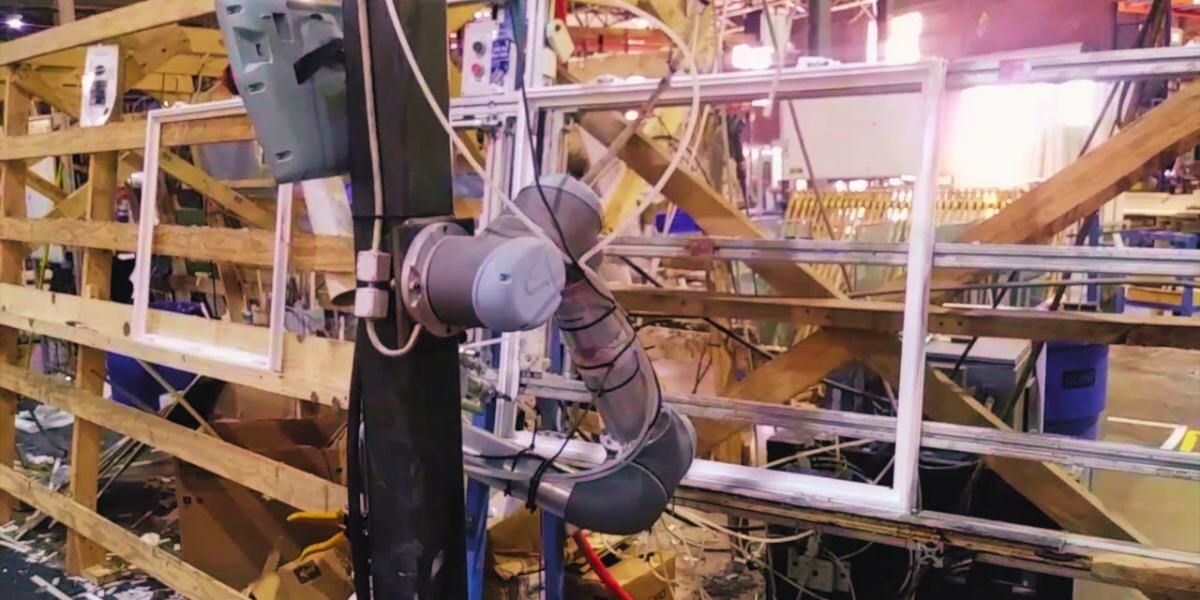The glazing and fenestration industry, traditionally manual and requiring precision, is undergoing a major transformation thanks to the integration of robotics and automation. These technologies offer new possibilities for optimizing production processes, improving product quality and meeting growing market demands. In total, more than 500 companies operate in the glass and glass products manufacturing sector across the country, and over 93% of these are small businesses with between 0 and 99 employees. Faced with an ever-changing market, companies in these sectors have no choice but to strategically integrate robotics and automation to remain competitive and ensure their long-term survival.
The advantages of robotics for glazing and fenestration
- Increased productivity: The robots can work 24 hours a day, 7 days a week, without a break, enabling a considerable increase in production volume.
- Quality improvement: The repeatability of the tasks performed by the robots guarantees consistent quality of the finished products, reducing defects and rejects.
- Increased safety: By handling heavy and dangerous tasks, robots help improve working conditions for employees and reduce the risk of accidents.
- Accuracy: Robots offer unrivalled accuracy in the execution of tasks, which is particularly important for delicate operations such as drilling or assembly.
The challenges ahead
- Investment costs: The acquisition and installation of robots represents a significant initial investment.
- Training staff: It's important to provide employees with the training they need to work with robots.
- Integration into production processes: Integrating robotics requires adaptation/adjustment of production processes, and can lead to disruption.
Practical uses for robotics
Handling and pallet transfer robots are particularly well-suited to repetitive and arduous tasks in the glazing and fenestration sector. They can be used for :
- The handling: Robots can pick up, move and position panels of different sizes and thicknesses with precision.
- Machine feeding: robots can continuously feed cutting, drilling or assembly machines.
- Adhesive application: Robots can apply glues or sealants uniformly and precisely, optimizing raw material consumption and significantly reducing production costs.
- Palletizing: Robots can stack finished products on pallets in an easy and safe way.
- Automate your logistics: Optimize your production with intelligent, autonomous self-guided vehicles, perfectly adapted to your current production environment.
- Screw assembly: Robots can also screw assembly steps, enabling precise control of the assembly by precisely adjusting the screw torques.
How to find the best technology solutions
To find the best technology solutions for your business, we recommend that you take stock of your needs and identify the tasks that could be automated, and the constraints of your production environment. We recommend that you call on the services of an integrator. A robotics integrator can advise you on the choice of robots, tools and software adapted to your specific needs. Feel free to contact one of our robotics experts for your robotics and automation project.
Sources : Canadian Industry Statistics

